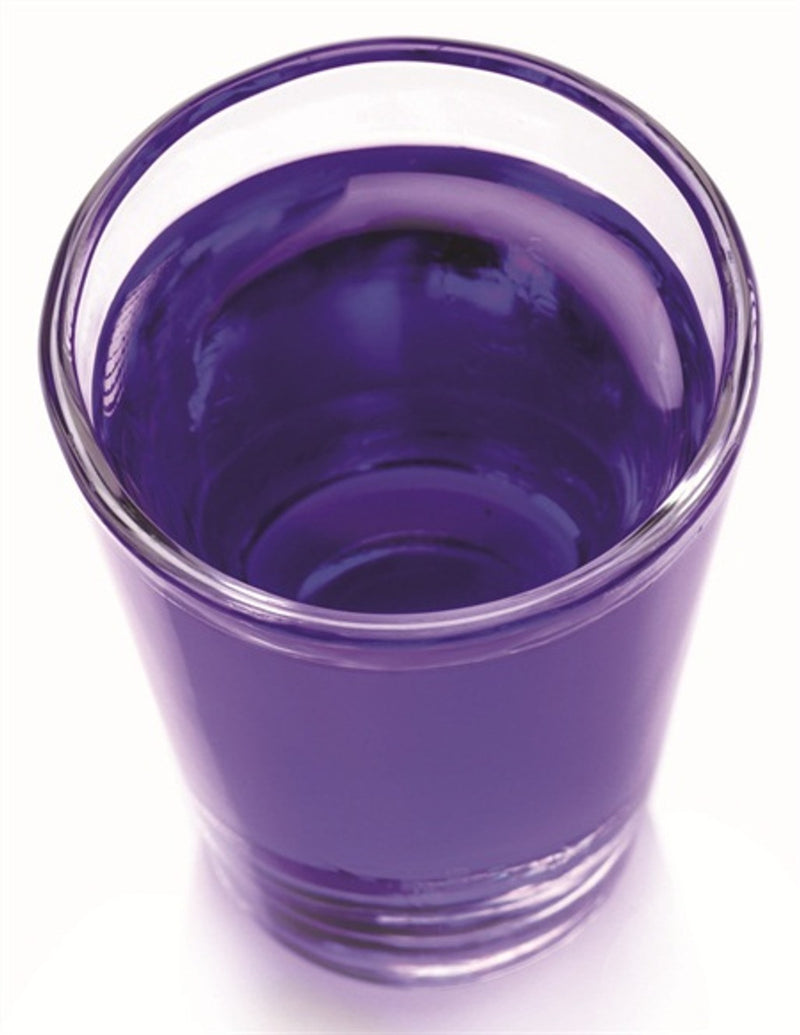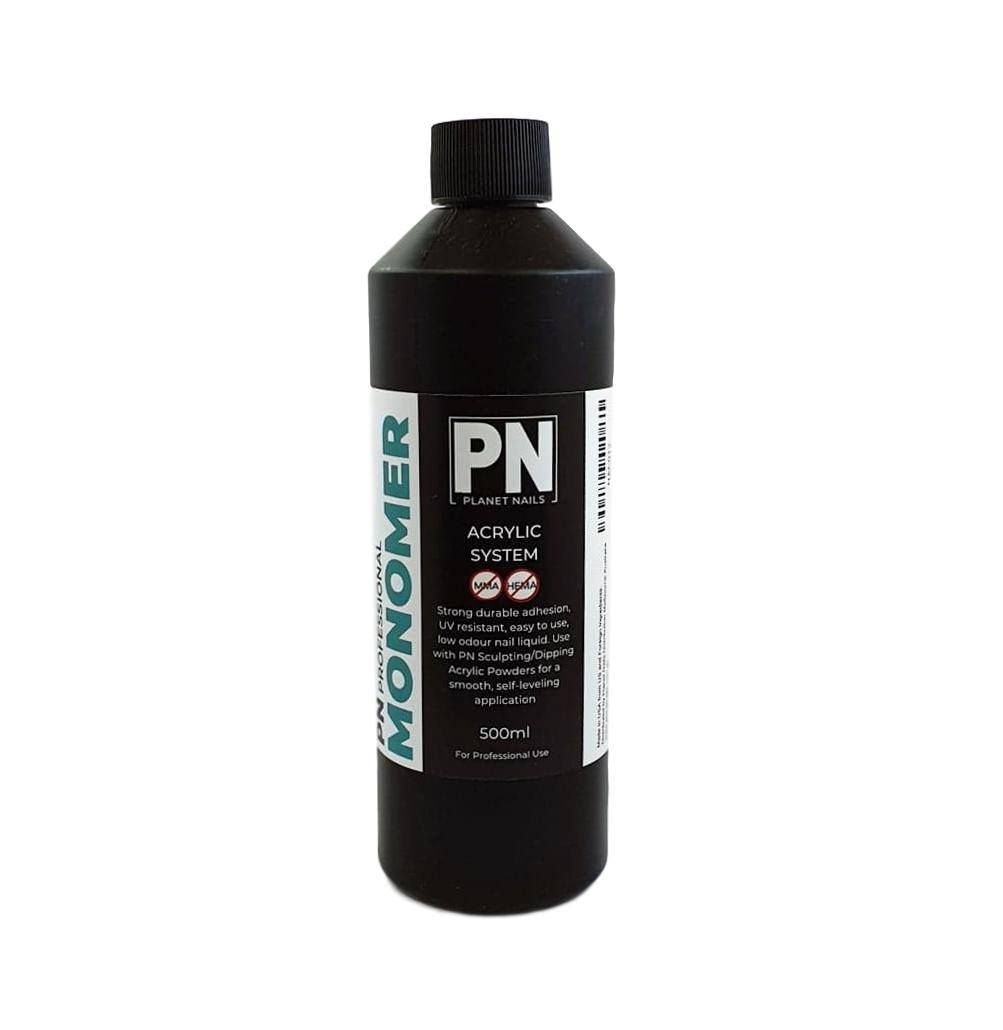
Methyl methacrylate monomer readily polymerizes to form high molecular weight homopolymers and copolymers. The free-radical reactivity ratios for MMA copolymer systems have been well studied and are available in the literature.įor reference Tg values of some comonomers, please consult the table below.ģ. The monomer composition selected for copolymers is driven by the desired Tg of the resin, ranging from -30˚C to > 30˚C.

Here are several other key pieces of information about methyl methacrylate: CAS NumberĪdditionally, it’s important to note that the Tg value for PMMA homopolymer is 105☌. The chemical structure of MMA is shown below.
Mma monomer vs ema free#
In free radical initiated copolymers, MMA elevates the Tg (glass transition) and contributes durability, strength, transparency, and UV and abrasion resistance. The Basics of Methyl MethacrylateĪs previously mentioned, MMA is foundational for many acrylate polymers and is an essential comonomer in paint, coatings, and adhesives resin formulations. Here are 5 key facts about methyl methacrylate monomer (MMA): 1. In this article, we provide a general overview of this important monomer, covering everything from its polymerization to important safety and handling considerations.

Methyl methacrylate (MMA) is a monomer that’s also known as methacrylic acid, methyl ester.Ī key building block for acrylic-based polymers, MMA has applications that include safety glazing, exterior paints, vinyl impact modifiers, adhesives, illuminated light displays, and more.


 0 kommentar(er)
0 kommentar(er)
